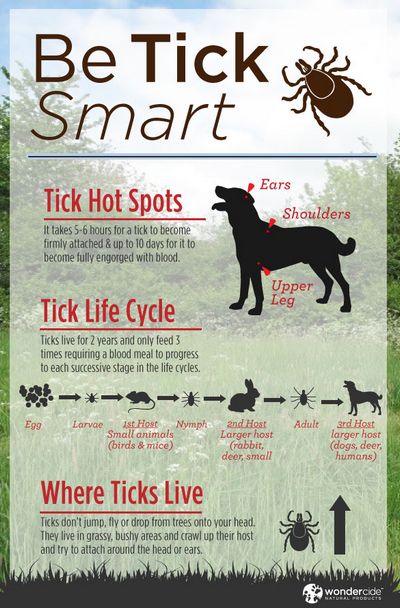Ticks can cause a lot of problems.

Most tick bites are mild and don’t cause any major symptoms and signs, like redness or swelling in the skin. But some ticks carry bacteria that cause serious diseases, such as Rocky Mountain spotted fever and Lyme disease. In order to transmit the disease, a tick must be attached to a human host for more than six hours. In most cases, the disease will not be noticeable until after several weeks of incubation; however, if left untreated, the disease could have severe consequences.
Lyme disease is caused by bacteria transmitted through tick bites. The bacteria cause inflammation of the brain and spinal cord. This is a very serious condition that requires immediate medical treatment. There is no cure for this disease. If it is not treated in time, it could lead to permanent disability or even death. So, it is important to treat ticks as early as possible.
There are several species of ticks, and their respective bites vary greatly. The tsetse fly and white-tailed deer tick both cause Lyme disease. These ticks attach themselves to the skin with a proboscis. However, ticks from other animals such as raccoons and hares do not have any proboscis, and are not carriers of the disease.
Other common diseases caused by tick bites include babesiosis, anaplasmosis, babesiosis conglobata, brucellosis and ehrlichiosis. Babesiosis occurs when an animal carries the bacteria from its tick bite. This is why it is important to keep your pets away from ticks, especially during tick season.

Anaplasmosis is caused by an infection caused by bacteria that can infect humans, particularly those with compromised immune systems. Brucellosis can be contracted by eating or touching contaminated raw meat or milk from infected cattle or goats.
Tick bites are very visible on humans. They usually develop into small red bumps or blisters, which turn into blisters when they heal. They may also develop white spots that are sometimes mistaken for jock itch. Though they are not contagious, you should be careful not to spread the disease by biting them because these ticks carry a bacterium that can cause serious infection if consumed or inhaled.
It is important to prevent tick bites at all costs. Because there is no cure, prevention is better than cure. You should never allow ticks to enter your home or surrounding areas, especially if they live near your home. The first place to start preventing tick bites is to clean your home. If you see one, make sure to vacuum and thoroughly wash every part of the house, even furniture, carpets and rugs. Even if you think the spot has been removed, be sure to wash any clothes that come into contact with it.
When removing ticks, do not throw them away or cover them with clothing because they can still be transported to other places in the house, especially your pet’s bedroom or your child’s room. Also, remove all blankets and bedding, especially if your pet sheds where ticks have previously attached themselves. For pet bedding, use anti-tick powder or liquid and blot down the sheets, mattresses and pillowcases to discourage ticks from entering the bedding. This powder or liquid is safe to be used even when the ticks are still attached.
Lastly, when you are vacuuming, remove any debris or toys that your pet has carried into the room. This will help prevent further infestations in the house and it also deters ticks from coming back, which can be extremely annoying for both you and your family. Preventing tick bites is easy to do and if you follow these tips, you can enjoy a healthy and safe home with ticks and no need to worry about transmitting the disease to your family.